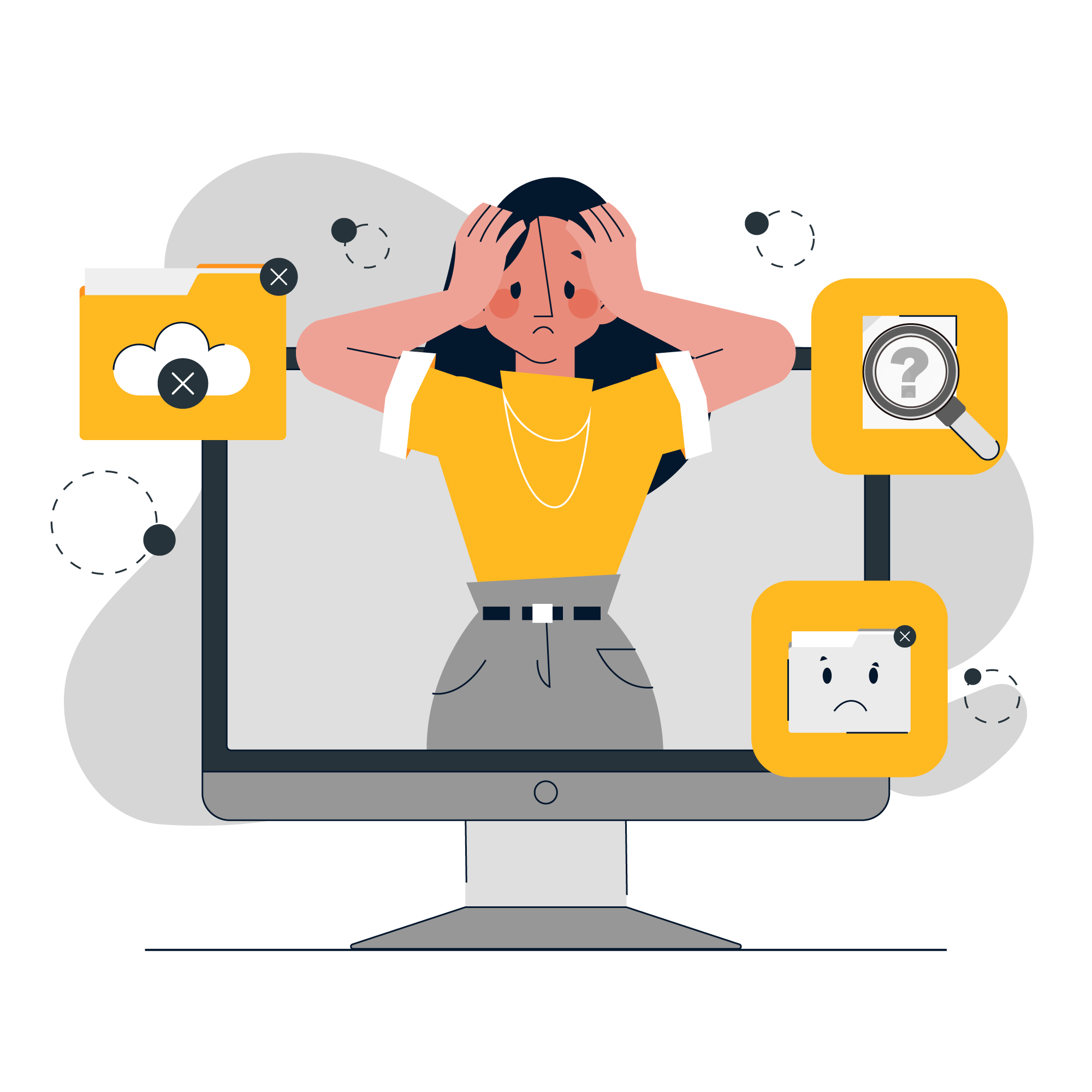Hypervigilance
Overview
Hypervigilance is a state of heightened alertness and sensitivity to one’s surroundings, often resulting from exposure to traumatic events. Individuals experiencing hypervigilance are constantly on guard, anticipating potential threats even in safe environments. In India, the prevalence of hypervigilance is not well-documented, but it is commonly associated with stress-related disorders, including Post-Traumatic Stress Disorder (PTSD).
Key Facts
- Prevalence of PTSD: A study revealed a low prevalence of PTSD in India at 0.2%, significantly lower than global averages. Factors associated with PTSD included female gender, middle age (40-49 years), and urban residence. The study also highlighted a high rate of comorbid mood and anxiety disorders, substantial disability, poor treatment-seeking behaviour, and significant suicidal risk among individuals with PTSD.
- Stress Levels: Approximately 89% of the Indian population reports experiencing stress, with nearly 75% not feeling comfortable seeking professional help. Work and financial issues are primary stressors.
Symptoms and Patterns
Hypervigilance manifests through various cognitive, emotional, and physical symptoms:
- Cognitive Symptoms: Persistent scanning of the environment for potential threats, difficulty concentrating, and overanalysing situations.
- Emotional Symptoms: Feelings of anxiety, fear, and irritability.
- Physical Symptoms: Increased heart rate, sweating, and a heightened startle response.
These symptoms can lead to exhaustion and impair daily functioning.
Risk and Protective Factors
Risk Factors:
- Exposure to Trauma: Experiencing or witnessing traumatic events, such as violence or accidents.
- Chronic Stress: Ongoing stressors related to work, finances, or personal relationships.
- Mental Health Disorders: Conditions like PTSD, anxiety, and depression.
Protective Factors:
- Social Support: Strong relationships with family and friends provide emotional assistance.
- Effective Coping Mechanisms: Engaging in activities like meditation, exercise, and hobbies.
- Access to Mental Health Services: Availability of counselling and therapy.
Treatment and Care
Addressing hypervigilance involves a combination of therapeutic approaches:
- Psychotherapy: Cognitive Behavioural Therapy (CBT) helps individuals recognize and modify negative thought patterns.
- Medication: Antidepressants or anxiolytics may be prescribed to manage underlying conditions.
- Lifestyle Modifications: Incorporating regular physical activity, maintaining a healthy diet, and ensuring adequate sleep.
Psychological and Psychosocial Interventions
- Trauma-Focused Therapies: Eye Movement Desensitization and Reprocessing (EMDR) assists in processing traumatic memories.
- Mindfulness-Based Stress Reduction (MBSR): Techniques that promote present-moment awareness to reduce anxiety.
- Support Groups: Sharing experiences with others facing similar challenges fosters a sense of community.
Conclusion
Hypervigilance significantly impacts an individual’s quality of life, especially in high-stress environments. In India, cultural stigmas and limited access to mental health resources pose challenges to effective management. Raising awareness, promoting mental health education, and improving access to care are essential steps toward addressing hypervigilance and its associated conditions.





